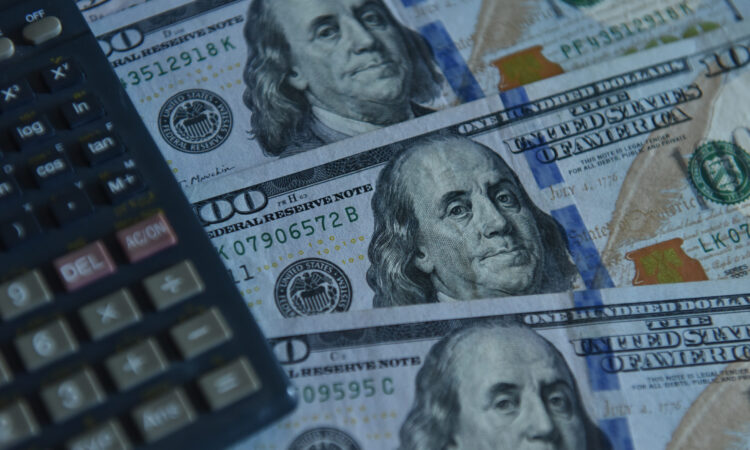
The greenback last bought 149.39 yen, edging higher toward the closely-watched 150 level that analysts said would likely trigger further jawboning from Japanese officials in an attempt to support the currency.
The yen, which has already tumbled more than 5% against the dollar year-to-date, is under persistent pressure as investors pare back their expectations of the scale and pace of the Federal Reserve’s easing cycle. The yen bears are also being emboldened on signs the Bank of Japan will resist aggressively hiking rates even if it exits negative interest rates this year as markets are wagering.
“It is a bit of a yield story. Yields in the U.S. are around their highs for 2024, so that’s certainly helped dollar/yen,” said Tony Sycamore, a market analyst at IG.
“It’s also being supported by carry. With volatility so low and… for 2024, the markets have been pretty happy to add risk to their portfolios, and the carry trade is certainly part of that, which supports dollar/yen because of the yield differential.”
Elsewhere, the euro edged 0.03% lower to $1.0768, while sterling fell 0.07% to $1.2620.
The Australian dollar likewise dipped 0.08% to $0.6526.
All eyes were on January’s inflation report for the United States due later in the day, which will likely provide further clarity on how soon, and by how much, the Fed could cut rates this year.
A batch of resilient U.S. economic data, particularly a blowout jobs report out earlier this month, have heightened expectations that U.S. rates are likely to stay higher for longer.
Markets are now pricing in just about 110 basis points of rate cuts from the Fed this year beginning in May, down from about 160 bps at the end of last year.
Ahead of Tuesday’s data, the Federal Reserve Bank of New York said in its January Survey of Consumer Expectations on Monday that inflation a year and five years from now were unchanged at readings of 3% and 2.5%, respectively.
The projected rise in inflation three years from now dropped to 2.4%, the lowest since March 2020, from December’s 2.6%.
“Obviously, the U.S. dollar has really benefitted from the resilient data we’ve seen recently, and we’ve sort of seen that the U.S. economic outperformance story is really what’s driving currency markets overall,” said Kyle Rodda, senior financial market analyst at Capital.com.
“You’re not really seeing that same level of strength in Europe and anywhere in Asia… and that’s definitely showing the appeal for the greenback.”
Against a basket of currencies, the dollar inched up 0.02% at 104.16. The New Zealand dollar eased 0.11% to $0.6121.
In cryptocurrencies, bitcoin firmed 0.64% to $50,155, having risen above the $50,000 level for the first time in more than two years on Monday.
The world’s largest cryptocurrency has risen nearly 18% this year, helped by last month’s regulatory nod for U.S.-listed exchange traded funds (ETFs) designed to track its price.
Analysts said the latest boost to bitcoin comes ahead of its halving event, which will cut the reward for successfully mining a bitcoin block in half.
“It’s a really interesting move. The expectation of rate cuts certainly helps, but it doesn’t explain what’s really set fire to bitcoin over the past four, five sessions,” said IG’s Sycamore.
“In that respect, I think it’s more a focus on the halving… and some ETFs inflows.”




